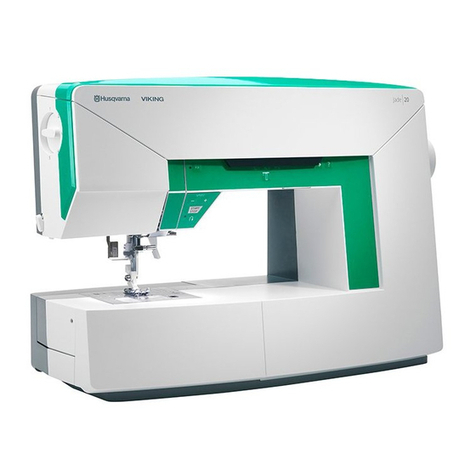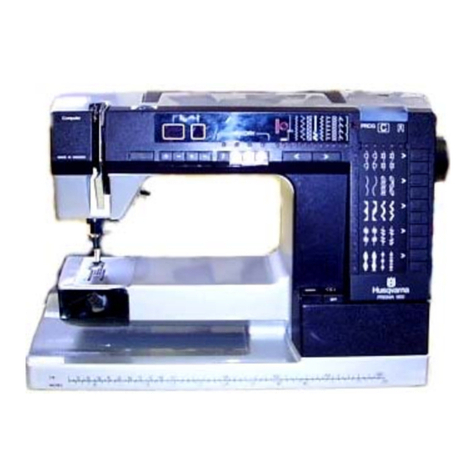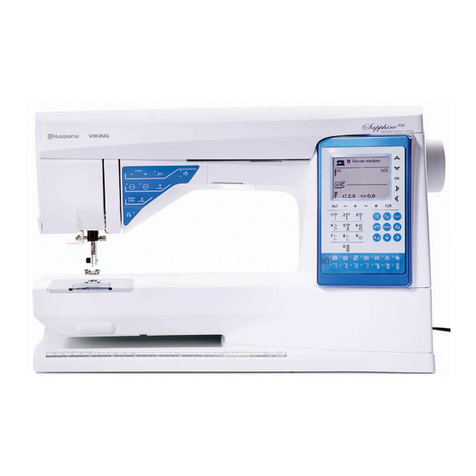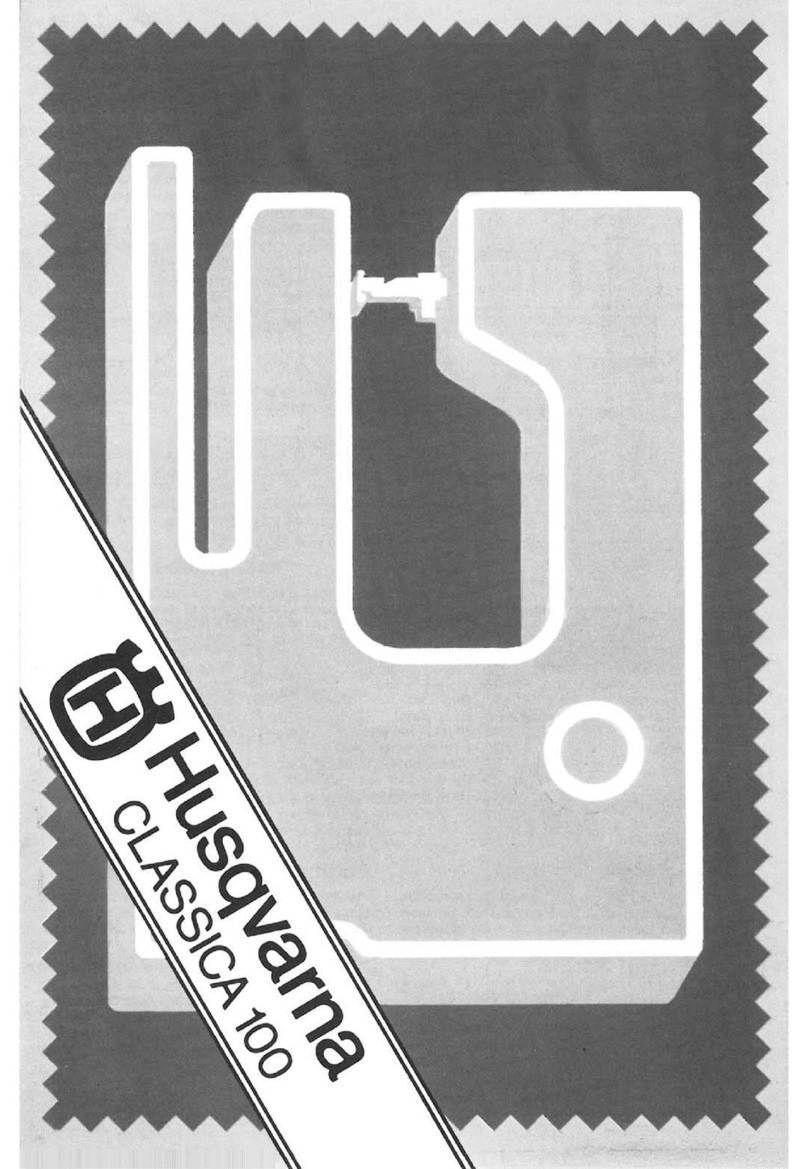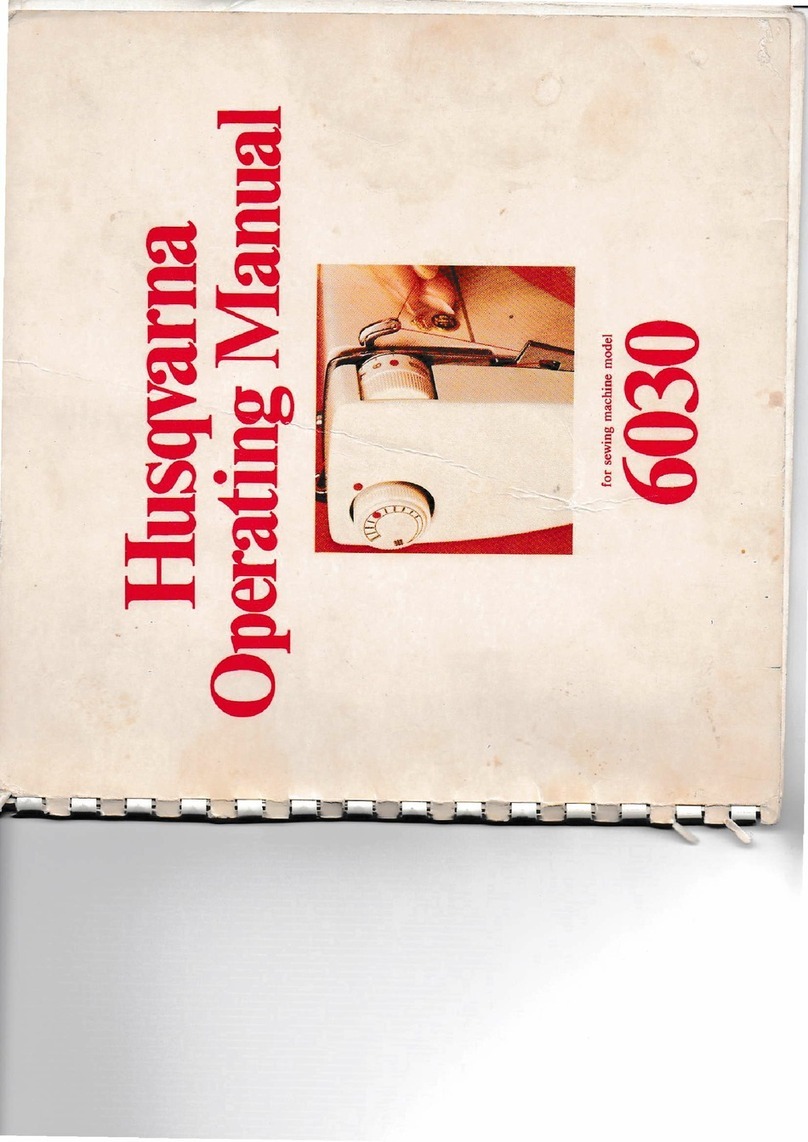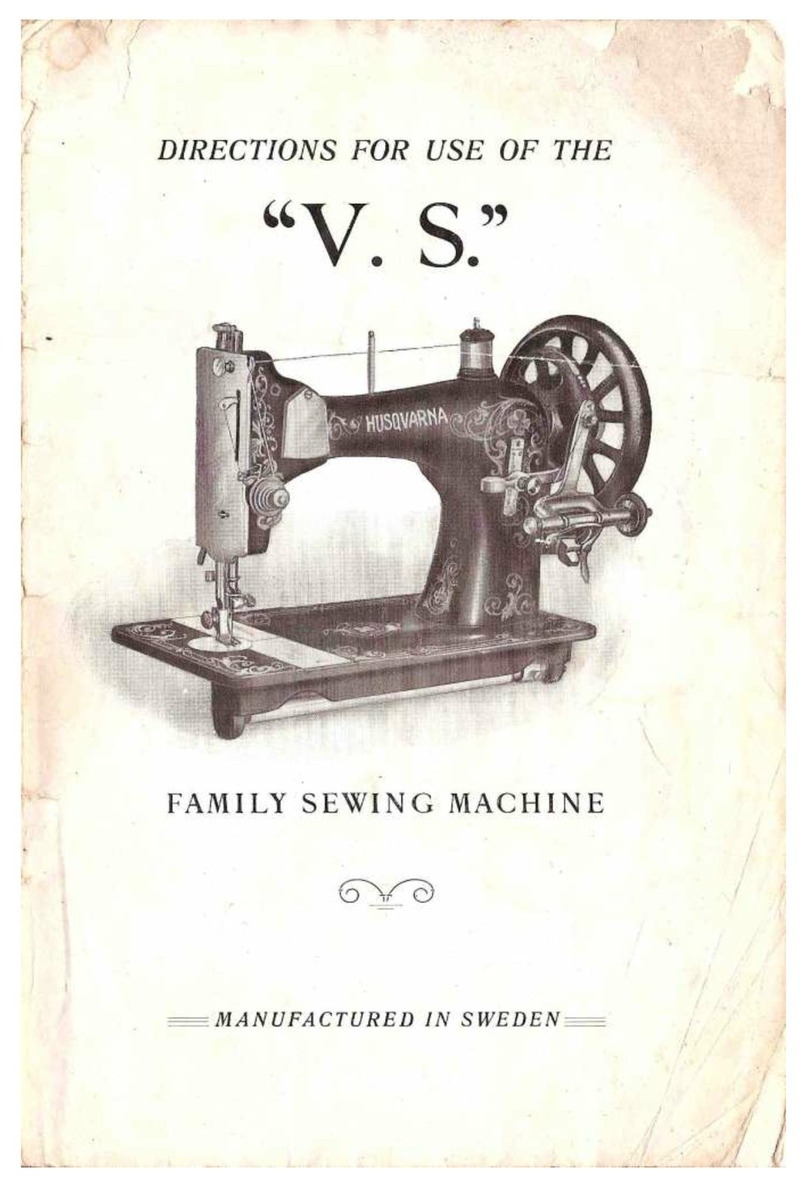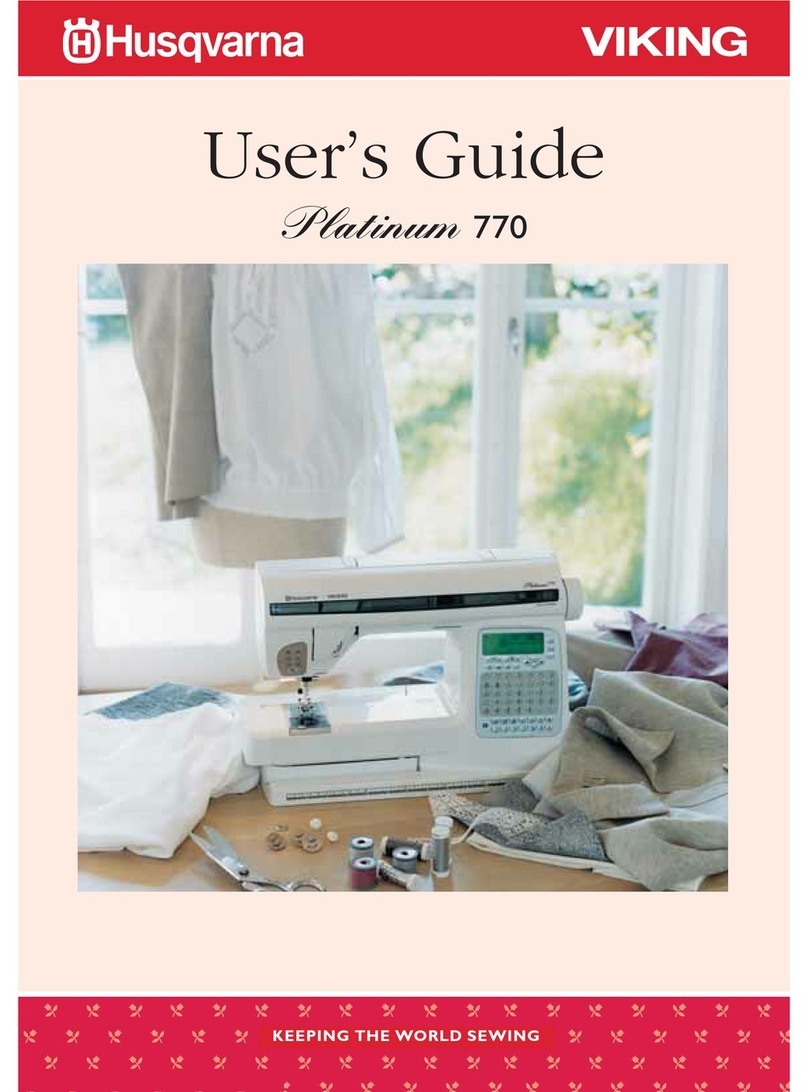2 Instruction book Lily 555/545
When using an electrical appliance, basic safety precautions should always be follo-
wed, including the following:
Read all instructions before using this household sewing machine
DANGER
- To reduce the risk of electric shock:
• A sewing machine should never be left unattended when plugged in. Always unplug
the sewing machine from the electric outlet immediately after using and before
cleaning.
• Always unplug before relamping. Replace bulb with same type rated 5 Watts.
WARNING
- To reduce the risk of burns, fire, electric shock,
or injury to persons:
• Do not allow to be used as a toy. Close attention is necessary when used by or near
children.
• Use only for its intended use as described in this manual. Use only attachments
recommended by the manufacturer as contained in this manual.
• Never operate this sewing machine if it has a damaged cord or plug, if it is not wor-
king properly, if it has been dropped or damaged, or dropped into water. Return it
to the nearest authorized dealer or service center for examination, repair, electrical
or mechanical adjustment.
• Never operate the sewing machine with any air openings blocked. Keep ventilation
openings of the sewing machine and foot controller free from the accumulation of
lint, dust, and loose cloth.
• Keep fingers away from all moving parts. Special care is required around the sewing
machine needle.
• Always use the proper needle plate. The wrong plate can cause the needle to break.
• Do not use bent needles.
• Do not pull or push the fabric while stitching. It may deflect the needle causing it to
break.
• Switch the sewing machine off (''0'') when making any adjustments in the needle
area, such as threading needle, changing needle, threading bobbin, or changing
presser foot, etc.
• Always unplug the sewing machine from electrical outlet when removing covers,
or when making any other user servicing adjustments mentioned in the instruction
manual. No lubrication by customer is recommended.
• Do not use outdoors.
• Do not operate where aerosol (spray) products are being used or where oxygen is
being administrated.
• To disconnect, turn the switch off (''0'', then remove plug from outlet.
• Do not unplug by pulling on cord. To unplug, grasp the plug, not the cord.
SAVE THESE INSTRUCTIONS
IMPORTANT SAFETY INSTRUCTIONS


